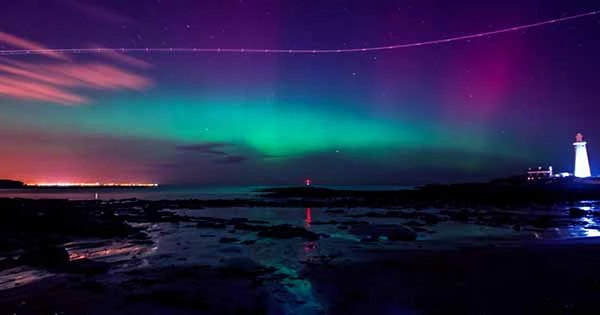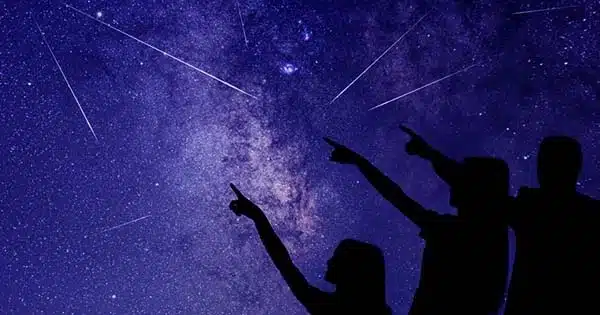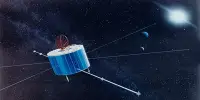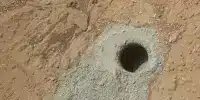The Taurid meteor shower is far from over, with one of its two streams expected to climax this weekend. When the Northern Taurids, an annual minor shower, is at its peak, skywatchers may see a dazzling meteor or two race across the night sky.
The Southern Taurids reached their peak on November 5, and the dynamic duo has been visible overlapping in the night sky since mid-October. According to EarthSky, the Northern Taurids will peak at about 7:21 p.m. ET Sunday.
Both Taurid showers, which are named after a parent comet named Encke, normally yield five meteors every hour. However, because the comet’s debris can be up to 1 meter (3 feet) in diameter, Taurid meteors appear brighter as they blaze through the atmosphere, according to Bill Cooke, director of NASA’s Meteoroid Environment Office.

According to NASA, some of the large meteors expected from the Taurids are brighter than Venus, the second-brightest celestial object in the night sky after the moon, and are classified as fireballs.
“If I was going to go outside to see the Taurids, I would prepare for a long observing session for most of the night,” Cooke went on to say. “I would get as comfy as possible — maybe bring a sleeping bag or a cot out, and dress appropriately — and I would be prepared to spend hours outside.”
According to the American Meteor Society, the Northern Taurids will be active for a few nights before and after Sunday. If the weather permits, the optimum time to spot a meteor will be after midnight in any time zone. The meteor shower looks to emanate from the radiant constellation Taurus, and it will peak in the sky in the early morning hours, according to Cooke.
According to the American Meteor Society, the moon will be in its new moon phase, with barely 2% illumination, and will give optimal viewing circumstances because its brightness will not interfere with meteor visibility.
According to the American Meteor Society, the Northern Taurids will be active for a few nights before and after Sunday. If the weather permits, the optimum time to spot a meteor will be after midnight in any time zone. The meteor shower looks to emanate from the radiant constellation Taurus, and it will peak in the sky in the early morning hours, according to Cooke.
According to the American Meteor Society, the moon will be in its new moon phase, with barely 2% illumination, and will give optimal viewing circumstances because its brightness will not interfere with meteor visibility.
Larger-than-normal meteoroids, such as the Taurids, can occasionally pass into Earth’s atmosphere and survive intact. Meteorites are meteoroids that crash to the ground.
“Most meteoroids burn up above your head and never reach the ground.” The larger ones — meter-sized, boulder-sized — “might break up and scatter meteorites on the ground,” Cooke said, adding that those will be minor and unlikely to cause any damage. According to NASA, around 48.5 tons (44,000 kilograms) of this space debris fall on Earth each day.
“By the time a meteorite hits the ground, it will be cool,” says Cooke. “They do not start fires — it will be cold; you can pick it up.”















